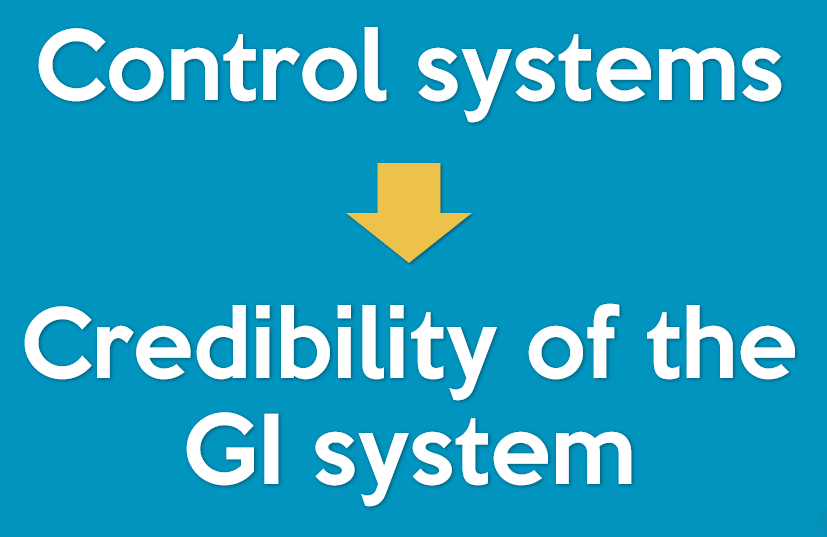Part 1: Geographical Indications protection activities
Implementing an effective GI protection and management strategy for OLPs require the interaction and cooperation of several actors in the product value chain. A key stakeholder is the group of producers whose activities will include:
- Drafting specifications for the OLP and modify the specifications as required
- Implementing a system for monitoring of the specifications and the control system developed for the specifications
- Maintaining an updated list of the producers authorised to use the GI designation on their products
- Develop, implement and manage a GI protection and enforcement of rights strategy
- Implementing branding, marketing and promotion activities for the Geographical Indication, the products, producers and territory
The need for protection
Producers must first recognise the economic and social value of their OLP and seek to protect and promote this inherent value through various means including the use of IP tools. When using GI tools for this purpose, producers must be able to define and implement a GI protection strategy. There are several risks which must be considered if producers do not implement an effective GI (or other IP) protection strategy to complement their business model for the OLP.
- An inappropriate and ill-managed GI strategy is a non-credible GI for the producers, consumers and other stakeholders. In such cases GI infringers inside and outside the GI producer group will continue, or even increase, their misappropriation activities if they know there are no effective sanctions implemented by the producers group.
- Non-compliance with the specifications and controls developed for the OLP can bring the entire value chain in disrepute.
- It is also possible that the GI may disappear if evidence is provided that it does not work.

